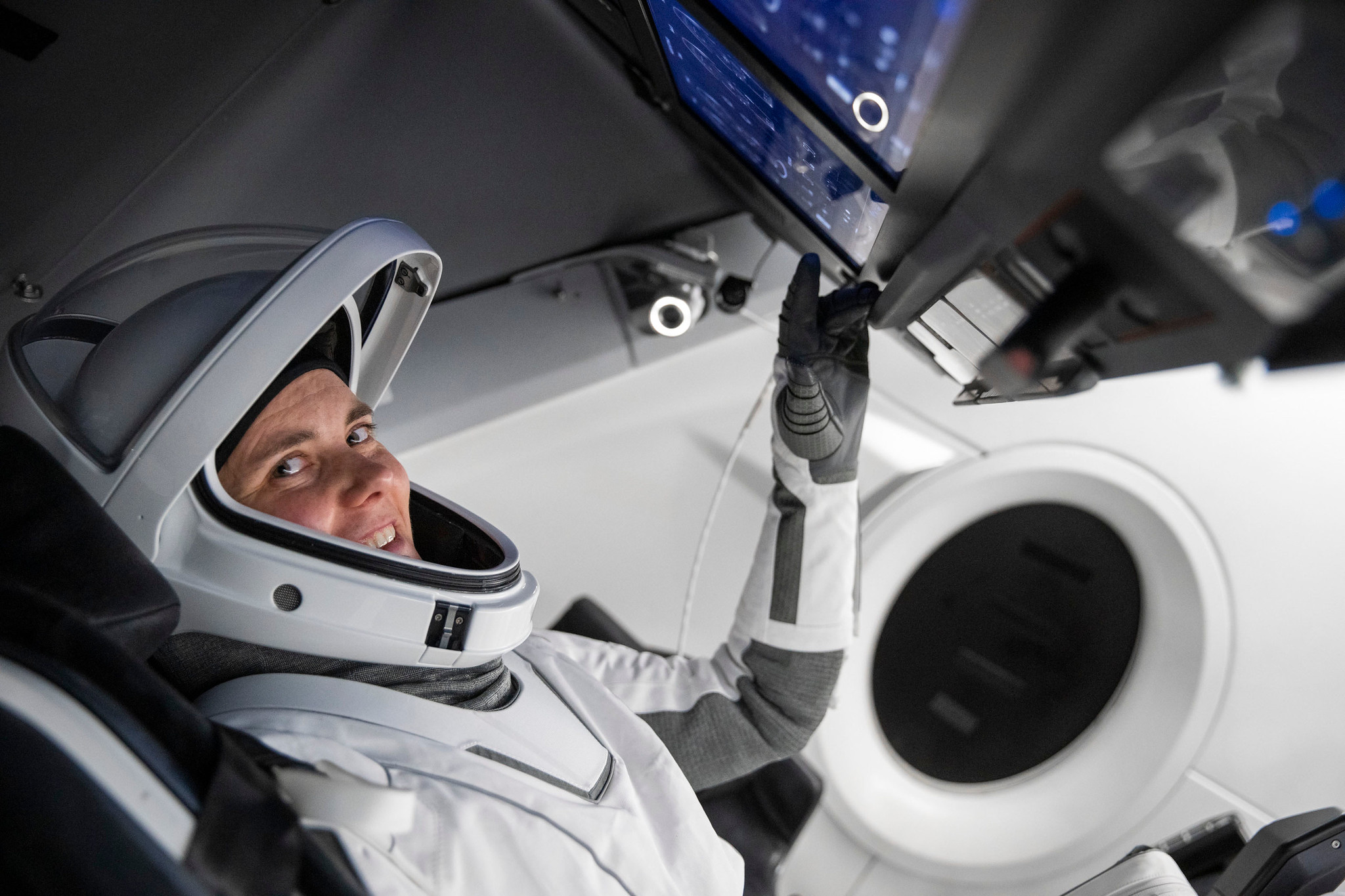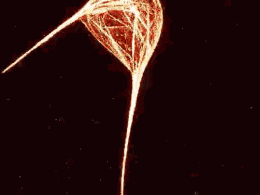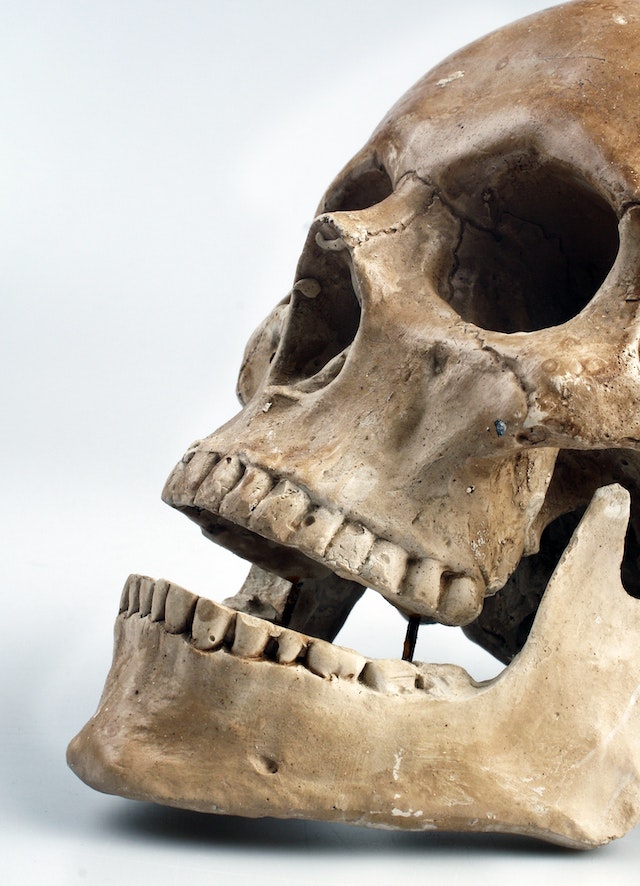Introduction: Meet the Mind Behind the Insights
Meet Tomas Paus, an illustrious figure in the realm of developmental neuroscience. With a passion for investigating brain development and individual cognitive variations, Paus has shed light on the intricate interplay between space exploration and the human mind. His extensive research brings us one step closer to understanding the effects of space travel on the brain.
The Intricacies of Brain Changes in Space
Space, the final frontier, presents us with a profound mystery – how does prolonged exposure to its unique environment impact the human brain? Tomas Paus, armed with expertise in developmental neuroscience, has embarked on a journey to uncover the truth. Through rigorous studies, he has revealed a fascinating trajectory of brain changes that occur over the span of three years in space.

The Swell: Initial Brain Changes
Imagine the brain as a delicate orchestra, its neurons playing in harmony. In the initial stages of space travel, the brain experiences what Paus refers to as “The Swell.” This refers to the temporary increase in brain volume caused by fluid shifts towards the head due to microgravity. While this phenomenon might sound alarming, it’s a natural response that the brain undergoes, adapting to the new environment.
Adaptation: The Brain’s Resilience Unveiled
Paus’s research emphasizes the brain’s remarkable capacity for adaptation. As weeks turn into months in space, the brain begins to adjust to the altered conditions. Neural pathways reconfigure, and cognitive functions are redistributed. The brain seeks equilibrium, finding new ways to execute tasks and process information, showcasing its incredible resilience.
The Recovery: A Transformed Mind Returns
After the exhilarating highs of The Swell and the months of Adaptation, comes The Recovery. As spacefarers return to Earth, the brain gradually returns to its pre-space state. This phase, often underestimated, showcases the brain’s intricate ability to revert to its original condition, shedding the excess fluid accumulated during The Swell and readjusting to Earth’s gravity.
Strategies for Cognitive Sustainability in Space
Paus’s work isn’t just a revelation; it’s a roadmap for the future. As space exploration becomes more commonplace, his insights pave the way for crafting strategies to ensure cognitive sustainability during extended missions. From specialized exercises to cognitive training, understanding the brain’s journey in space enables us to develop measures that mitigate potential challenges.
A Comparative View: Brain Changes on Earth vs. in Space
| Aspect | Earth | Space |
|---|---|---|
| Gravity | 9.8 m/s² | Microgravity |
| Fluid Distribution | Even | Fluid Shifts towards Head |
| Neural Adaptation | Limited | Extensive Neural Pathway Reconfiguration |
| Cognitive Functions | Standard | Redistribution and Adaptation |
| Recovery Period | N/A | Post-Mission Recovery |
Conclusion: Unveiling New Horizons for Humanity
Tomas Paus’s groundbreaking research bridges the gap between space exploration and the intricacies of the human brain. Through his studies, we witness the brain’s remarkable ability to adapt, transform, and recover. As we stand on the threshold of a new era of space travel, armed with Paus’s insights, we are better equipped to ensure the well-being of our cosmic pioneers and unravel the enigma of space-related brain changes.










